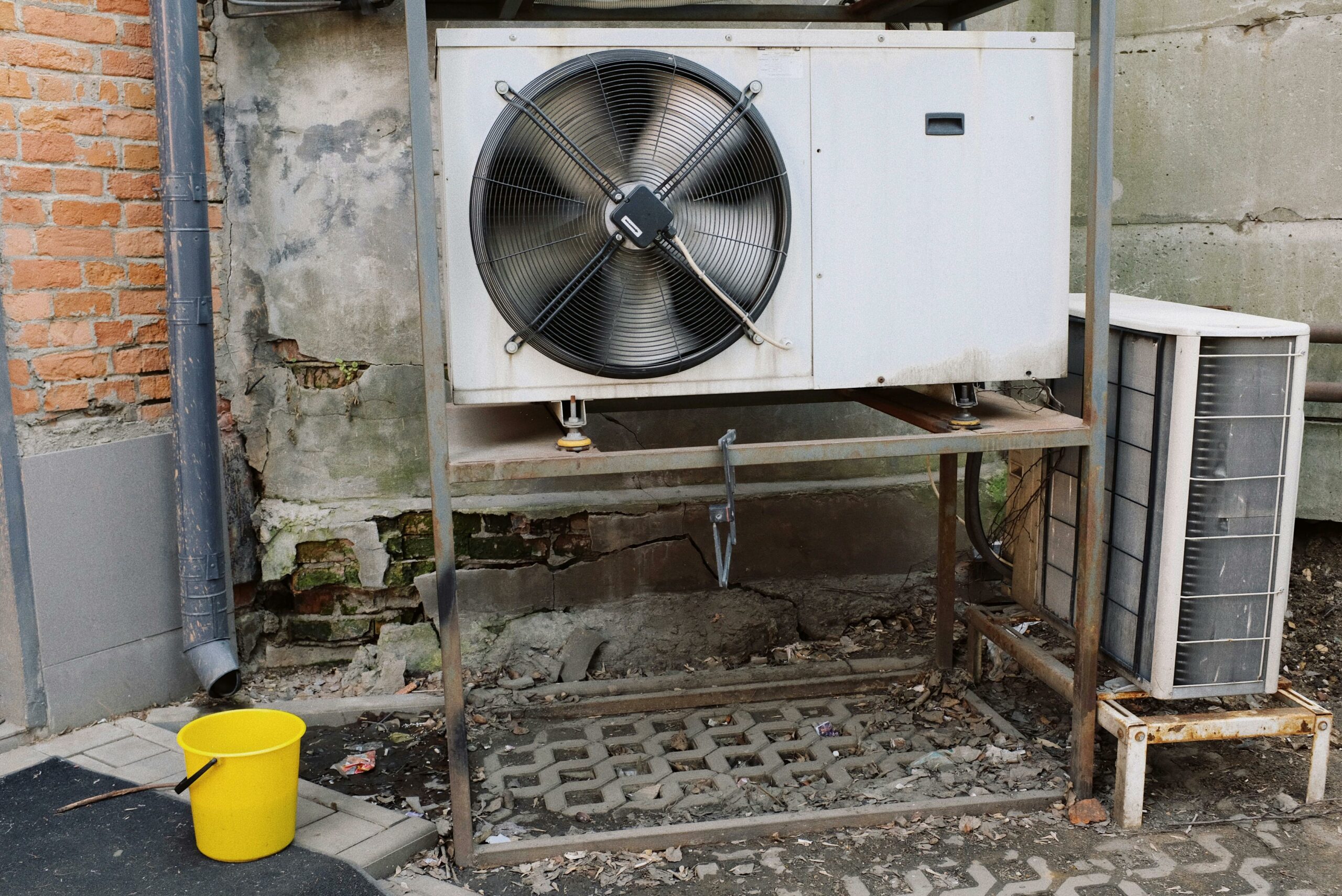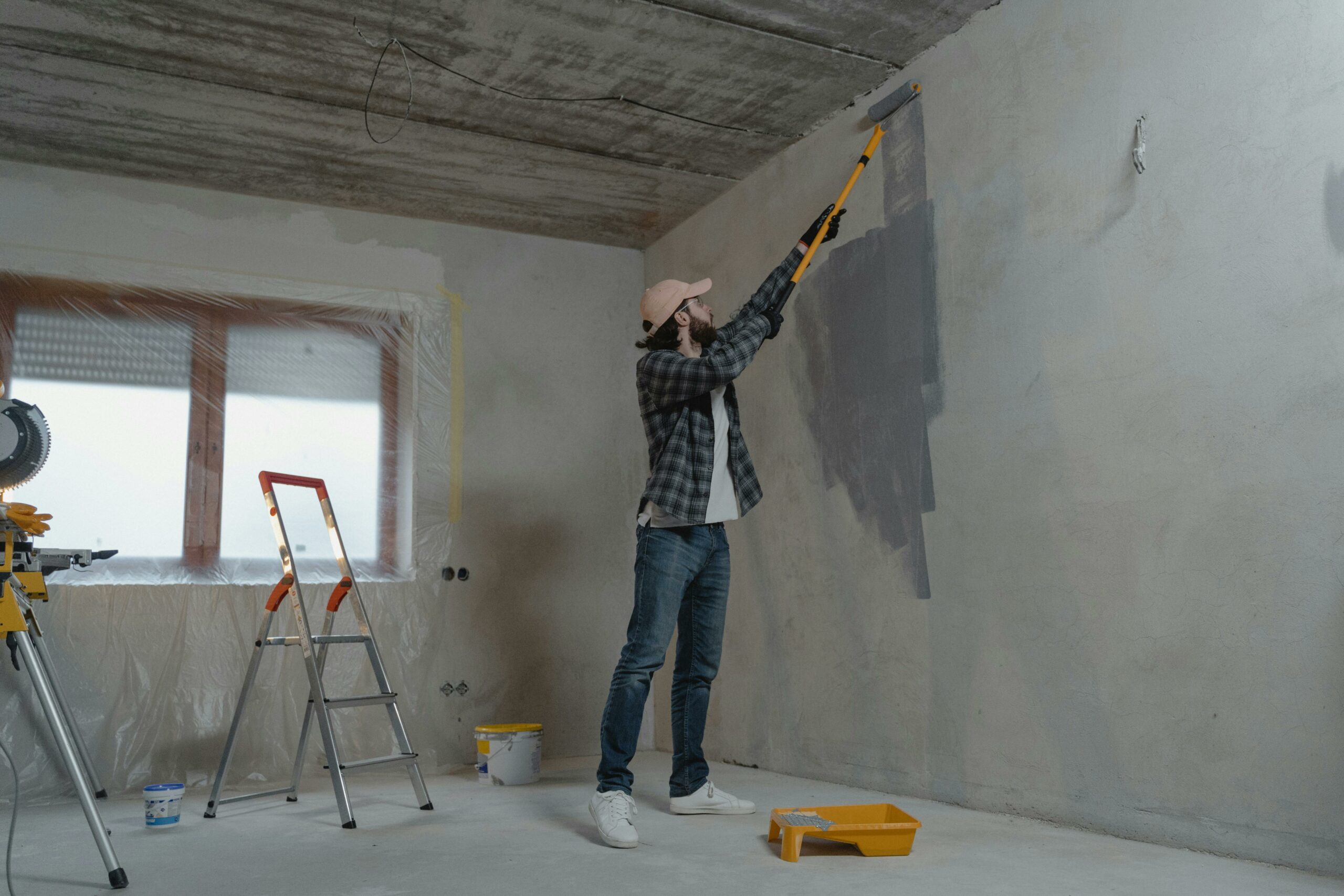Listen to this article: Meili founder Samantha Lee demonstrated an in-hospital vehicle simulator as an autotech example. Source: LinkedIn
As The Robot Report reported last October, one of the biggest autotech stories of the year was the stalling of Cruise after California’s Department of Motor Vehicles suspended its driverless testing license. While Cruise has had many mishaps since the launch of its robotaxi service on the streets of San Francisco in June 2022, including blocking emergency vehicles, parking on construction sites, and holding up traffic unnecessarily, the breaking point came after it dragged a fallen pedestrian (hit by a human driver) 20 feet under its chassis.
“According to the DMV, Cruise withheld footage of the incident in which its robotaxi attempted to pull over while the pedestrian was under the vehicle, dragging her for around 20 feet at a speed of 7 mph before stopping,” wrote Steve Crowe. “‘Footage of the subsequent movement of the AV to perform a pullover maneuver was not shown to the [DMV], and Cruise did not disclose that any additional movement of the vehicle had occurred after the initial stop,’ the DMV wrote.”
The implications could even threaten the job of General Motors CEO Mary Barra, who recently boasted to Wall Street analysts that “Cruise has a tremendous opportunity to grow and expand” and that the company could generate $50 billion a year in annual revenue by 2030. Last October, GM disclosed its billion-dollar purchase of the startup lost over $730 million during Q3 2023.
In 2016, John Zimmer the co-founder and president of Lyft, wrote a 16-page whitepaper predicting that the majority of rides on his network would be autonomous by 2021. By 2025, car ownership would join buggy whips as a symbol of transportation lore, he said. Zimmer was not alone in this belief. Former Uber CEO Travis Kalanick also exclaimed to Business Insider that same year: “I think it starts with understanding that the world is going to go self-driving and autonomous.” Of course, Elon Musk promoted this dogma by declaring all of Tesla’s cars would be “full self-driving” in 2016, enabling drivers to nap on the way to work. (Note that Tesla recently recalled 2 million vehicles because of its Autopilot technology). Reflecting on missing these milestones could be depressing for investors as we find ourselves in Gartner’s “trough of disillusionment.” Still, could the coming year be a breakout point for autotech, enabling not just new advanced driver-assistance systems (ADAS), but even empowering disabled people to be more independent behind the wheel?
In 2022, Christopher Mims of The Wall Street Journal reported a huge shift in the growth of tech jobs from San Francisco to across the East Coast, with the hubris of Silicon Valley (see above) being outmaneuvered by the revenue-centric pragmatism of New York entrepreneurs. As an example of the ingenuity of these new Mid-Atlantic innovators, I interviewed Samatha Lee of Meili Technologies, a driver-assist health monitoring platform for trucking fleets and other commercial vehicles. Lee grew up in rural Florida about 45 minutes from Cape Canaveral where her father worked on the launch codes for the space shuttle program. This upbringing, and specifically witnessing how her father’s epilepsy made him dependent on others for transportation, shaped her product vision.
“My dad lost his license. Probably around the time I was 15, because of his epilepsy, his seizures started to become more frequent,” Lee recalled. “And so the rule is that if you have a seizure, you aren’t allowed to drive for six months, and he started having seizures once a week.”
“And so we used to talk a lot about technology and just what it could do to help him regain his freedom or in the future what things like autonomous vehicles could do for society,” she said.
After a series of academic pursuits, Lee ended up in Wendy Ju’s lab at Cornell Tech in New York City pursuing her Ph.D. research in studying the interactions between humans and computers in uncrewed systems. Lee originally set out to create in-cabin monitoring systems for fully autonomous cars but had to pivot when the autotech market came to a halt after a lot of false starts.
“And it’s funny, because we started with fully autonomous vehicles,” shared the inventor. “And we’ve changed a lot, like a lot of pivots in that regard. … We’ve also worked with automakers for cars being sold on the road today with Level 2 autonomy, features like adaptive cruise control and lateral steering.”
“Things very much slowed down,” Lee added. “So we began working actually in the commercial vehicle space quite aggressively, probably about half a year back, and so we’ve seen a lot of traction there.”
Submit your nominations for innovation awards in the 2024 RBR50 awards.
Rather than invest huge sums of money in Level 5 autotech, Lee iterated to find a product-market fit with today’s trucking fleets. She met with numerous people in the industry and listened to their needs.
“So we’ve moved into the commercial space, also providing safety systems there, where we’ve also found about 70% of commercial drivers have pre-existing [health] conditions, too,” explained Lee. “For the health emergency side of things, there’s a huge benefit there for not only saving lives, because when those trucks crash, they cause a lot of damage, but also helping the businesses in that space.”.
Her optimism for an aftermarket solution that protects drivers is refreshing after so many high-profile autonomous trucking startups shuttering. They included Embark (a loss of $300 million), Uber Freight (a loss of $680 million), TuSimple (a loss of $775 million), and even Alphabet’s Waymo Via (losses undisclosed). These closures came at a time when the National Safety Council reported that large truck fatalities have increased by close to 50% in the past 10 years, a promise that autonomy aimed to solve.
The key for Lee right now is acquiring the training data to detect people with medical conditions and episodic events while driving, such as erratic breathing, collapsed states, and/or disorientation.
“We’re actually doing sponsored research with leading hospitals in New York for heart-attack seizures and diabetic emergencies,” she noted.
Lee then continued to outline her proprietary data collection: “We have about 20 TB of normal driving data already. And we’re collecting more all the time with our test vehicle, but we’re also in the hospital space and actually collecting driving behavior, as well as health events that occur while they’re using our vehicle simulator.”
“It’s a very niche space where that data doesn’t really exist,” she acknowledged. “At this point, we’re really the first to collect en masse. You kind of have to go through the hospital in order to do it in a safe way.”
Lee is not waiting for her training data to be complete before going to market with a smaller version of the autotech platform.
“We’ve done many pilots both in automotive, as well as the commercial space,” she said. “The one we can talk about, as most of them are under NDAs [nondisclosure agreements], was our pilot with Stellantis. That was the demonstration you saw last year at CES, where we built our system with the ‘collapsed state’ understanding of incapacitated drivers in one of their Chrysler Pacificas.”
“And so we were showing the kind of responses we trigger like turning on hazard lights, having the vehicle come to a stop, and calling first responders,” said Lee. “And what kind of data we would send to first responders.”
Lee will be returning to CES this month at the COVESA showcase at the Bellagio on Jan. 9 demonstrating Meili’s new commercial fleet offering and expanded passenger vehicle product. In explaining Meili’s current sales strategy, Lee clarified how she is focused on driving revenue in the near term.
“We actually are selling off-the-shelf hardware components,” she said. “We would like to eventually be software only, but for now, we’re doing this for go-to-market. And it includes things like understanding if somebody’s having a collapse state, we have that today, as well as, an understanding of those more broad safety systems like limbs outside of the vehicle and backing up incidents [for forklifts].”
As for the initial…
Source link
























